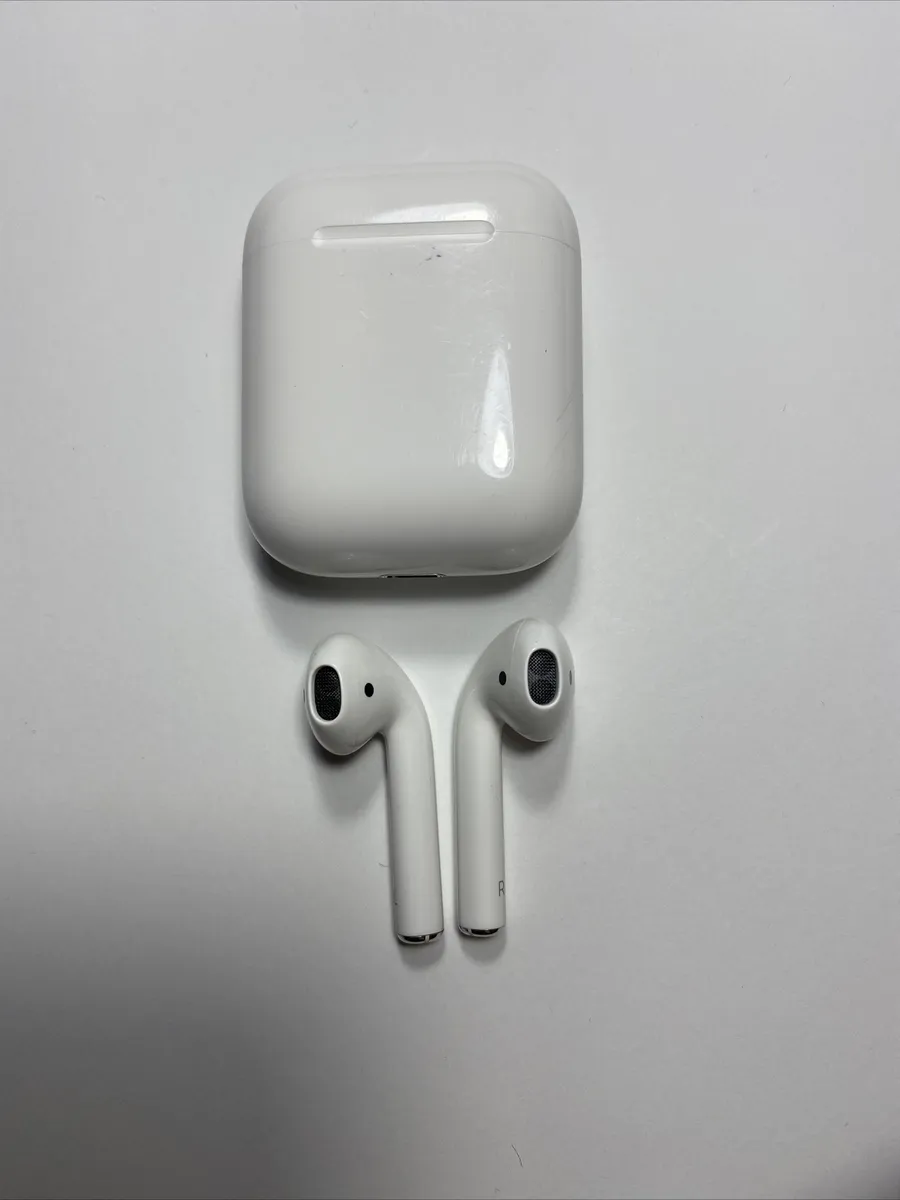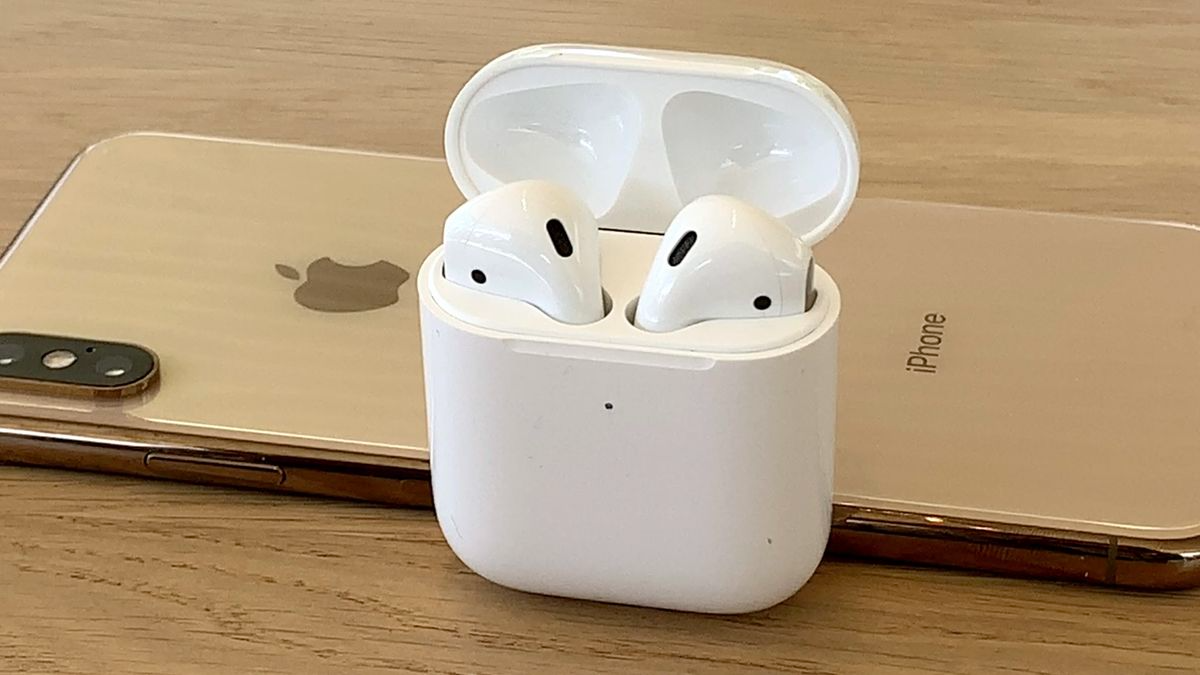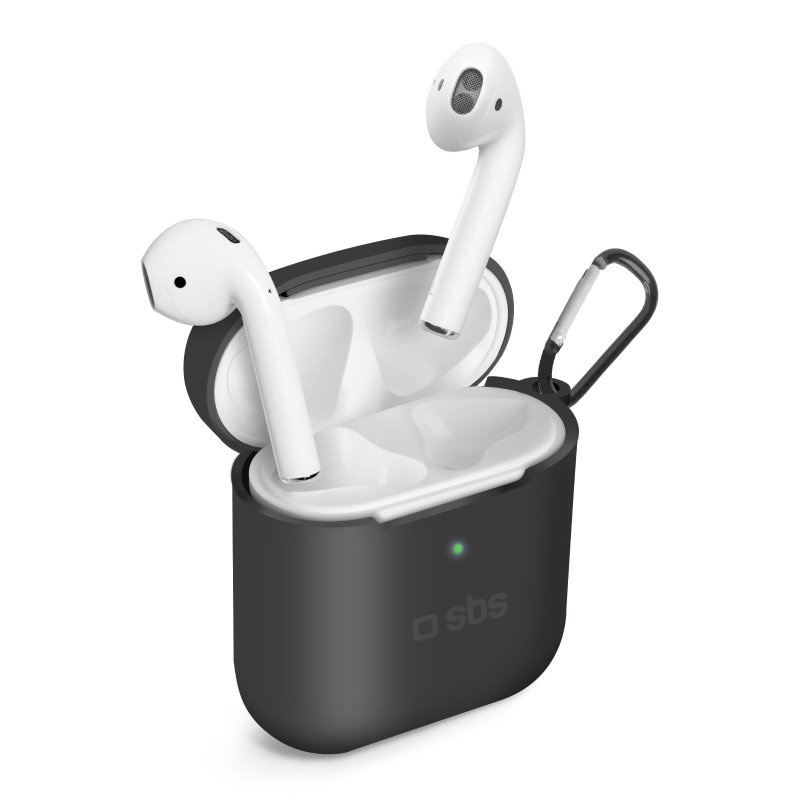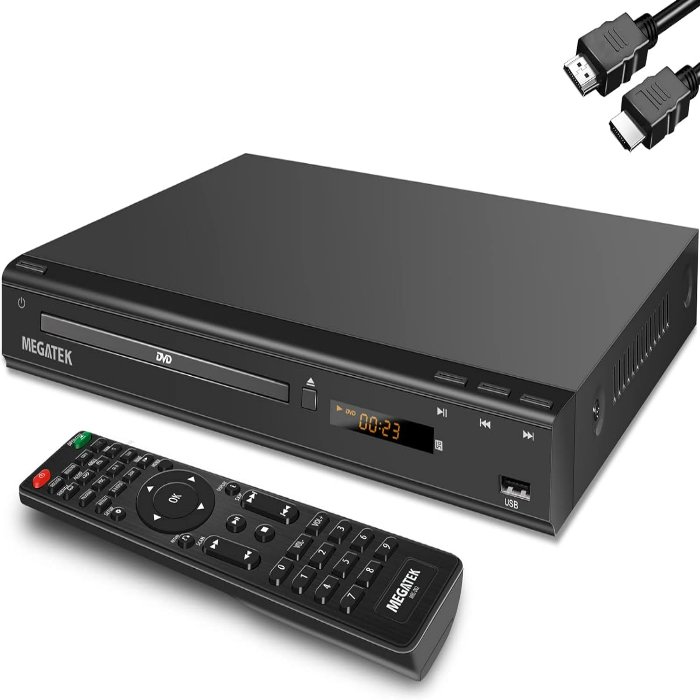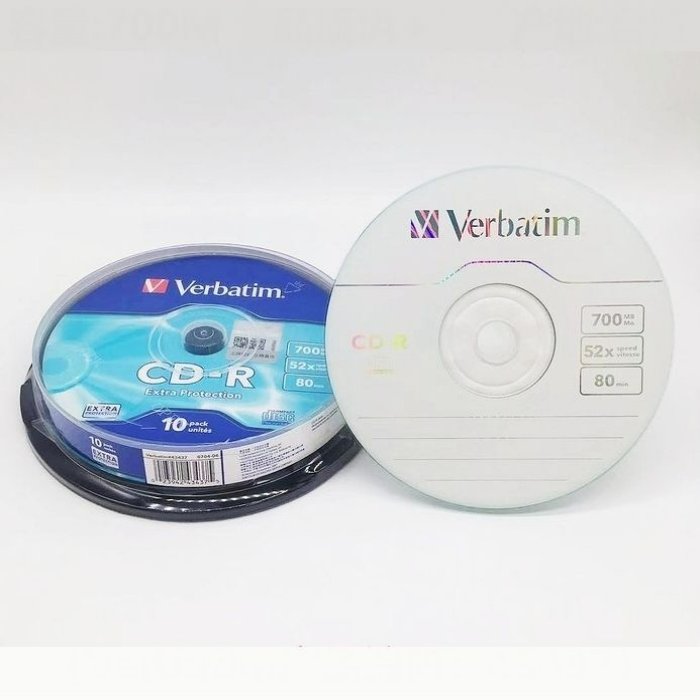In 2016, Apple Inc. took the audio industry by storm with the unveiling of their groundbreaking wireless earbuds, the AirPods (1st generation). These sleek, minimalist devices not only represented a significant leap forward in wireless technology but also became a cultural phenomenon that redefined personal audio experiences. This comprehensive review delves into the key features, design, performance, user experience, and the lasting impact of the original AirPods 1.
Unboxing the Innovation
Upon opening the iconic white box, users are greeted with the AirPods nestled in their compact charging case, accompanied by the promise of effortless connectivity and unparalleled convenience. The first-generation AirPods came packaged with a Lightning to USB cable for charging purposes, reflecting Apple’s commitment to a wireless future while still catering to existing charging standards.
Design Philosophy: Minimalism Meets Functionality
Aesthetics and Ergonomics
Apple’s minimalist design philosophy shines through in the AirPods’ form factor. The stem-like structure extending below each bud, though initially a subject of ridicule, proved instrumental in housing antennas and microphones, enabling superior call quality and gesture controls. Their ergonomic design ensured a comfortable fit for most users, albeit with some variability due to the lack of customizable tips – a feature addressed in subsequent models.
Wireless Freedom, Effortlessly
Seamless Connectivity
One of the most celebrated aspects of the AirPods was their seamless integration with Apple’s ecosystem. Utilizing the proprietary W1 chip, later updated to H1 in later iterations, the AirPods could instantly connect to any iCloud-linked device with a single tap, eliminating the hassle of Bluetooth pairing routines. This intuitive experience solidified Apple’s vision of a wireless future where technology fades into the background.
Sound Quality: Balancing Expectations
While not marketed as audiophile-grade headphones, the AirPods delivered a balanced sound profile suited for everyday listening. Critics and users alike praised the clear midrange and decent bass response, which, although not groundbreaking, provided a satisfying listening experience across various genres. The lack of noise cancellation was a common point of critique; however, the open design allowed for ambient sound awareness, enhancing safety during outdoor activities.
Smart Features Packed in a Tiny Package
Gesture Controls and Siri Integration
The AirPods’ touch-sensitive stems enabled users to control music playback, activate Siri, and take calls with a simple double-tap. Siri integration further enhanced usability, allowing for hands-free operation and voice commands to control volume, skip tracks, or make calls. Although limited compared to later models, these features were revolutionary at the time, offering a glimpse into the future of smart wearables.
Battery Life and Charging Convenience
Powering Your Day
The AirPods boasted up to 5 hours of listening time on a single charge, with the charging case providing an additional 24 hours of juice. The case itself charged via a Lightning port, aligning with Apple’s other mobile devices. Quick charging capabilities meant that just 15 minutes in the case could provide up to 3 hours of listening time, ensuring the music never stopped for long.
Impact and Legacy: A New Era in Personal Audio
The advent of Apple’s AirPods (1st generation) marked a seismic shift in the landscape of personal audio, transcending the boundaries of mere technological innovation to become a cultural touchstone. By seamlessly blending design, functionality, and user experience, the original AirPods etched their place in history, not only revolutionizing how we listen to music but also influencing fashion trends and dictating the trajectory of the audio industry.
Pioneering Wireless Connectivity
Seamless Integration and the Birth of Effortless Pairing
The introduction of the W1 chip in the AirPods 1 was a game-changer. It facilitated an unprecedented level of ease in Bluetooth pairing, transforming the once tedious process into a one-step, instant connection. This technology laid the groundwork for what would become an expectation across all wireless audio devices, prompting competitors to develop similar seamless connectivity solutions. Apple’s focus on user-centric design through this technology demonstrated that convenience was king, setting a new standard for consumer expectations.
Fashion Statement and Social Status Symbol
From Tech Gadget to Fashion Accessory
Beyond their technical capabilities, the AirPods 1 became a symbol of modernity and style. Their distinctive appearance turned them into a coveted accessory, spotted in streets, subways, and runways worldwide. This unintentional crossover into the realm of fashion demonstrated the power of design in shaping consumer desires and societal perceptions. As a result, owning a pair of AirPods became synonymous with being tech-savvy and fashionable, further fueling their popularity and cultural relevance.
Spurring Competition and Innovation
A Wake-Up Call for the Audio Industry
The AirPods’ commercial triumph did not go unnoticed by competitors. Their success triggered a wave of innovation in the wireless earbud market, with companies rushing to develop alternatives that could rival or even surpass Apple’s offering. This competitive drive led to advancements in battery life, noise-canceling technology, and personalized fit solutions, ultimately benefiting consumers with a broader range of high-quality choices. In essence, the AirPods 1 served as a catalyst for an industry-wide push towards excellence in wireless audio technology.
Transforming Daily Interactions
Integration with Daily Life and Digital Habits
By integrating tightly with Siri, the AirPods 1 played a pivotal role in normalizing voice commands and hands-free interaction with digital devices. This shift not only increased efficiency but also foreshadowed a future where AI assistants would become integral to our daily routines. As users grew accustomed to managing calls, messages, and music playback with a simple voice command, it paved the way for more sophisticated voice-controlled ecosystems and smart home integrations.
Environmental Impact and Sustainability Considerations
Addressing the Dark Side of Disposable Culture
The AirPods’ immense popularity also sparked discussions around e-waste and sustainability. With a finite lifespan and disposable nature, concerns arose regarding the environmental footprint of such devices. This dialogue pressured not only Apple but the entire electronics industry to consider more sustainable production practices, recycling programs, and longer-lasting product designs. The AirPods 1 inadvertently became a focal point in a broader conversation about the intersection of technology and environmental responsibility.
Conclusion: Paving the Way Forward
In conclusion, the first-generation Apple AirPods marked a pivotal moment in the evolution of personal audio. Their innovative design, effortless connectivity, and integration with Apple’s ecosystem set a new benchmark for wireless earbuds. Despite some initial skepticism and room for improvement in areas like noise cancellation and customization, the AirPods (1st generation) undeniably left a lasting legacy, reshaping how we interact with music and technology in our daily lives. As we look back at this milestone product, it’s clear that the AirPods were more than just earbuds; they were a catalyst for change, propelling us into a wireless future filled with endless possibilities.
